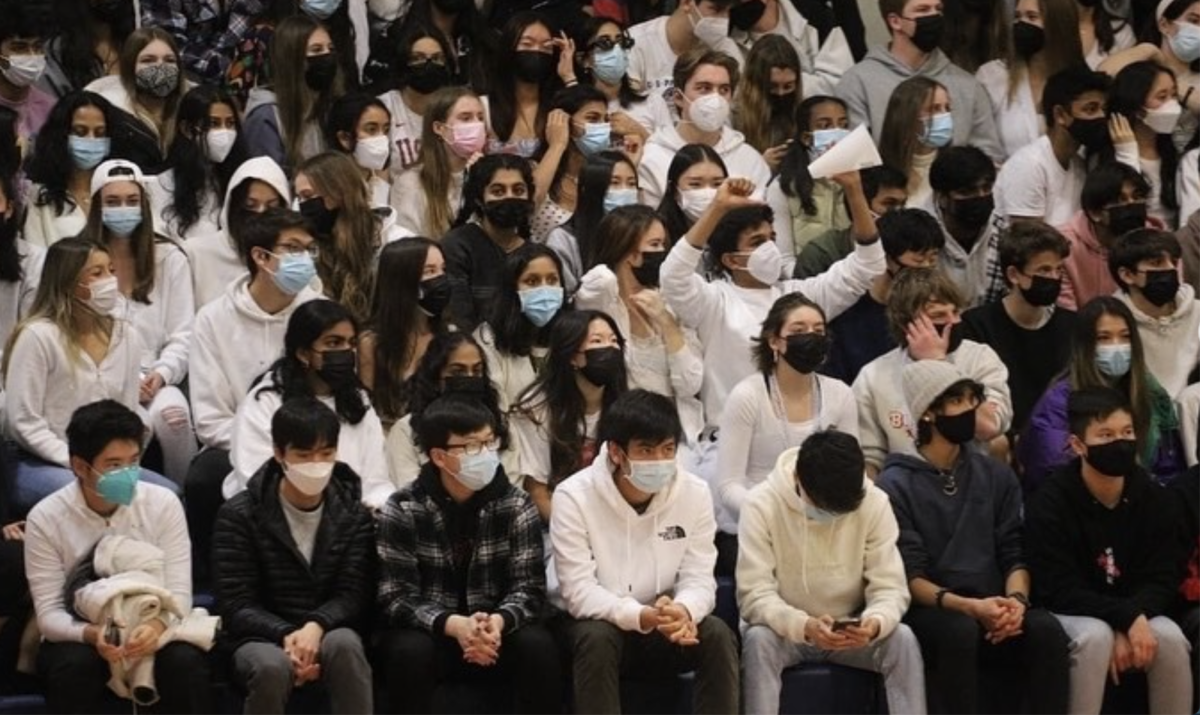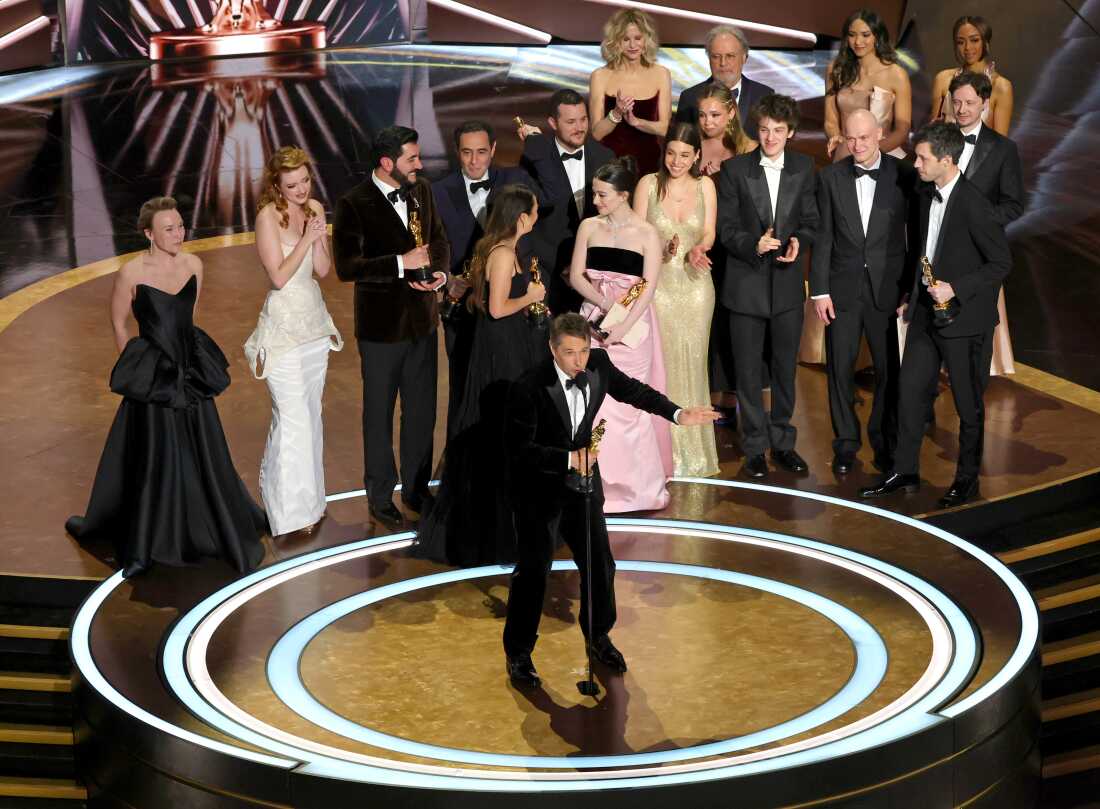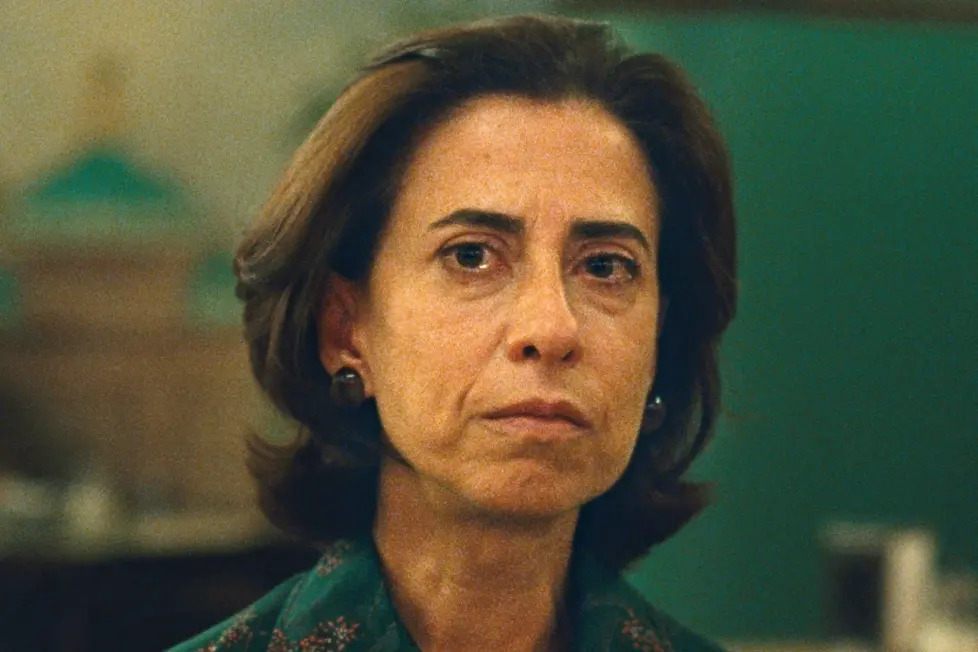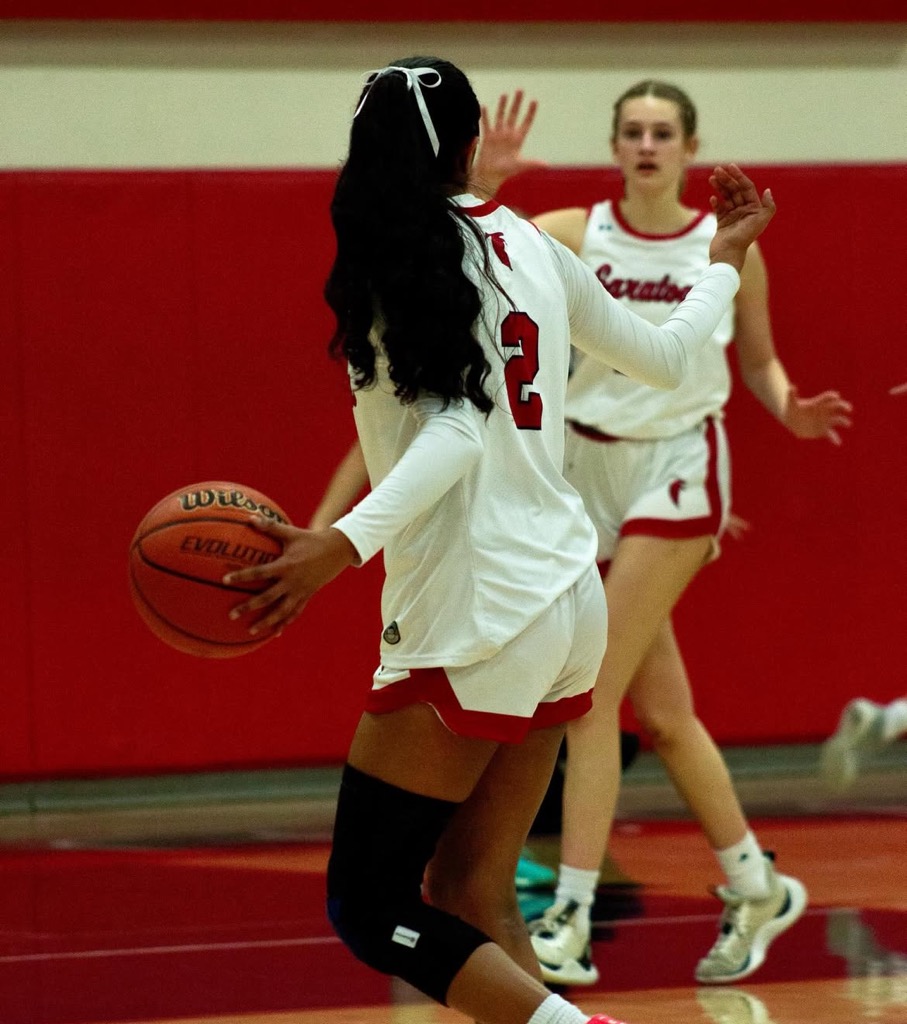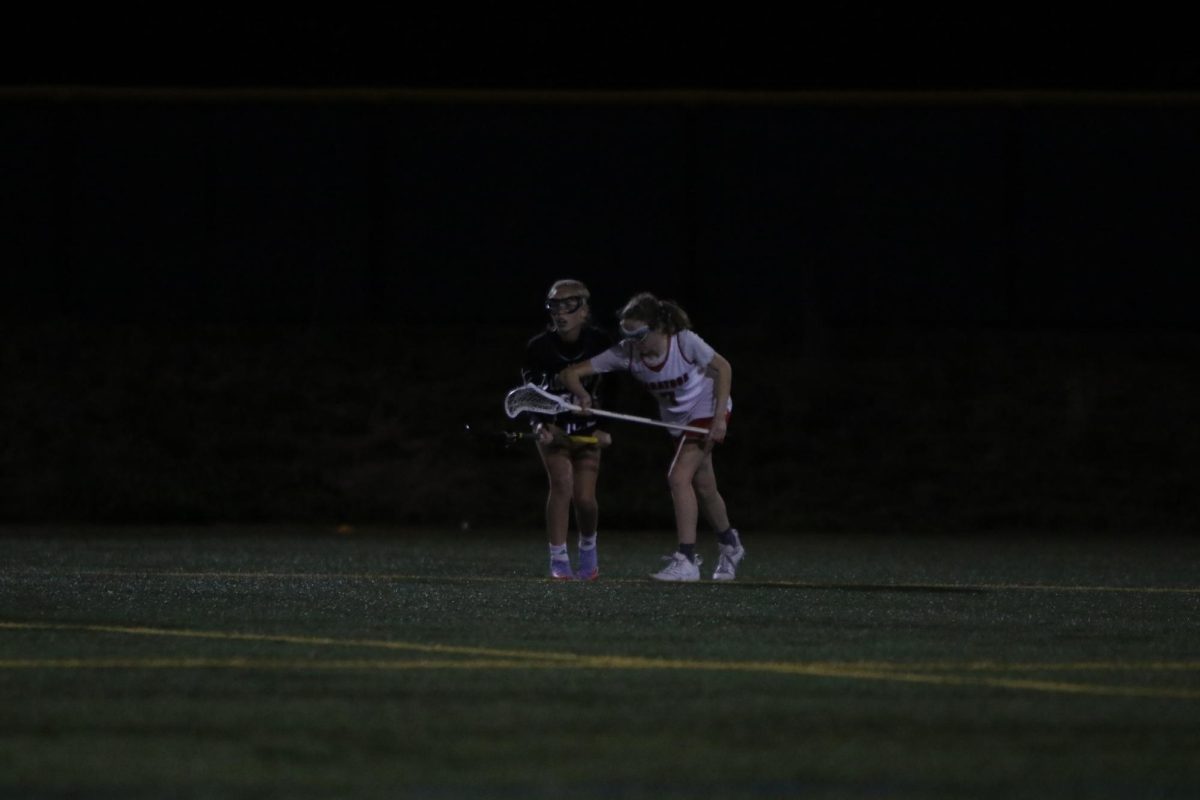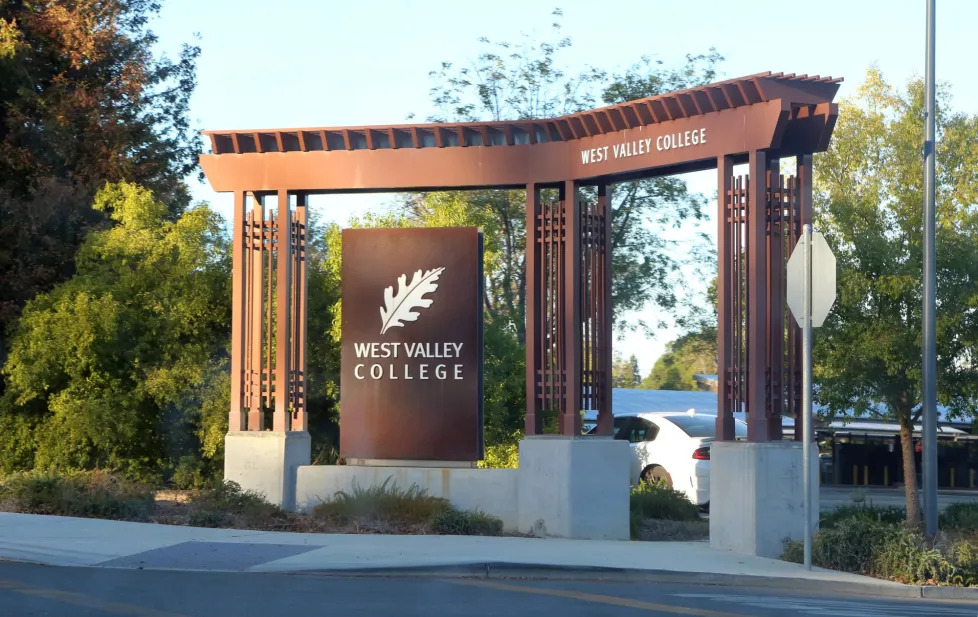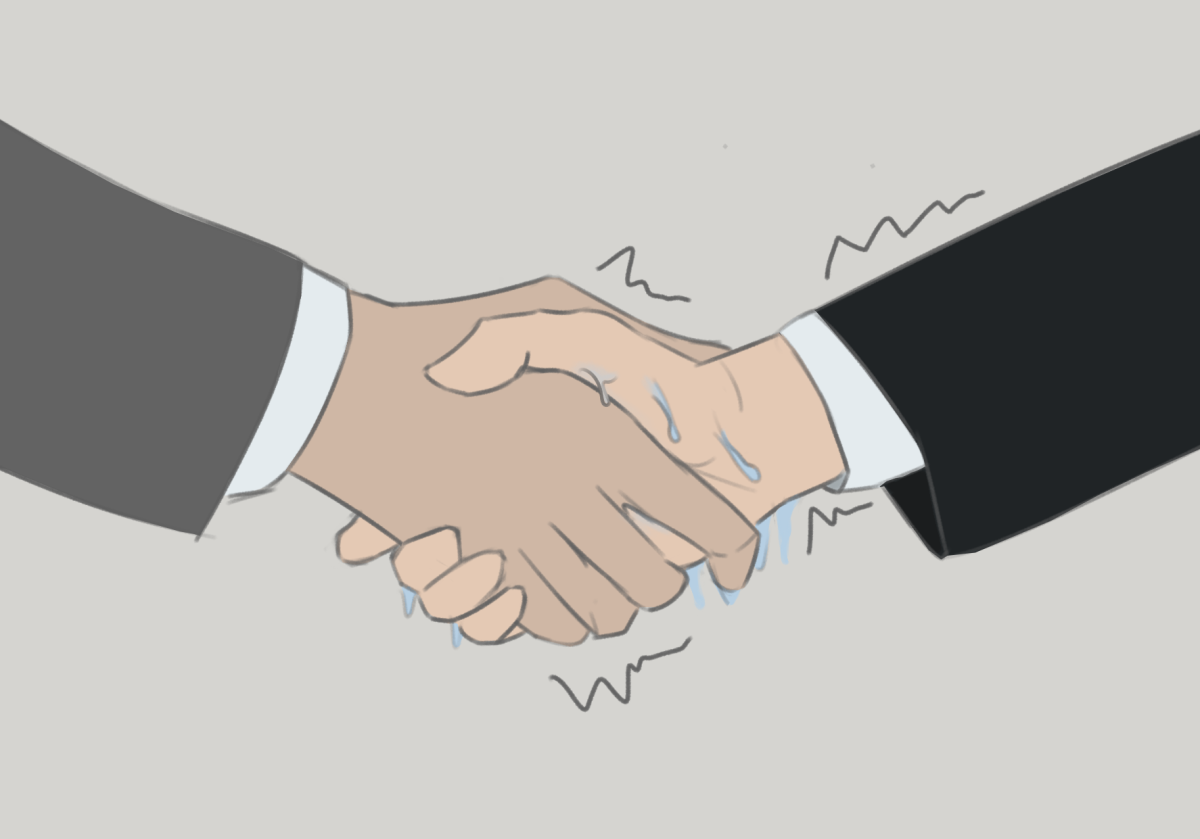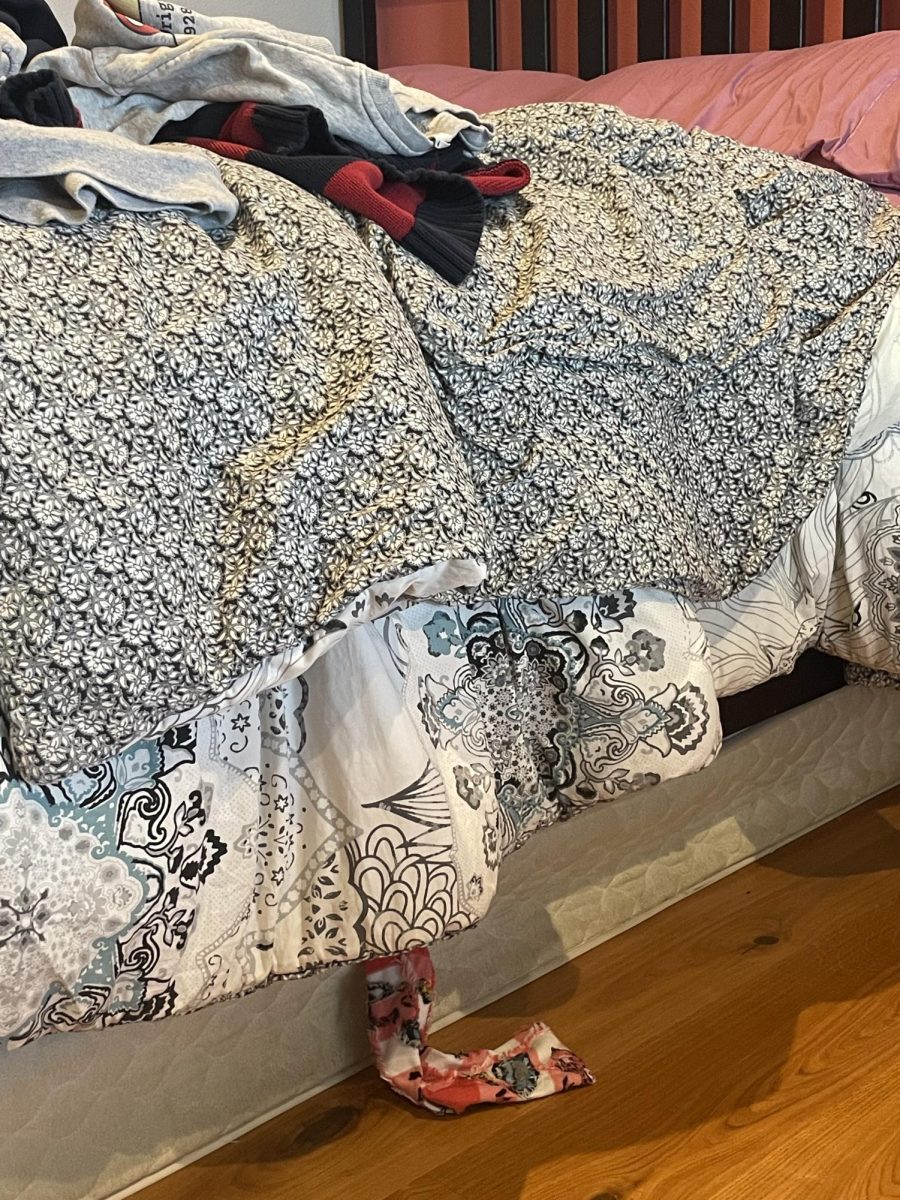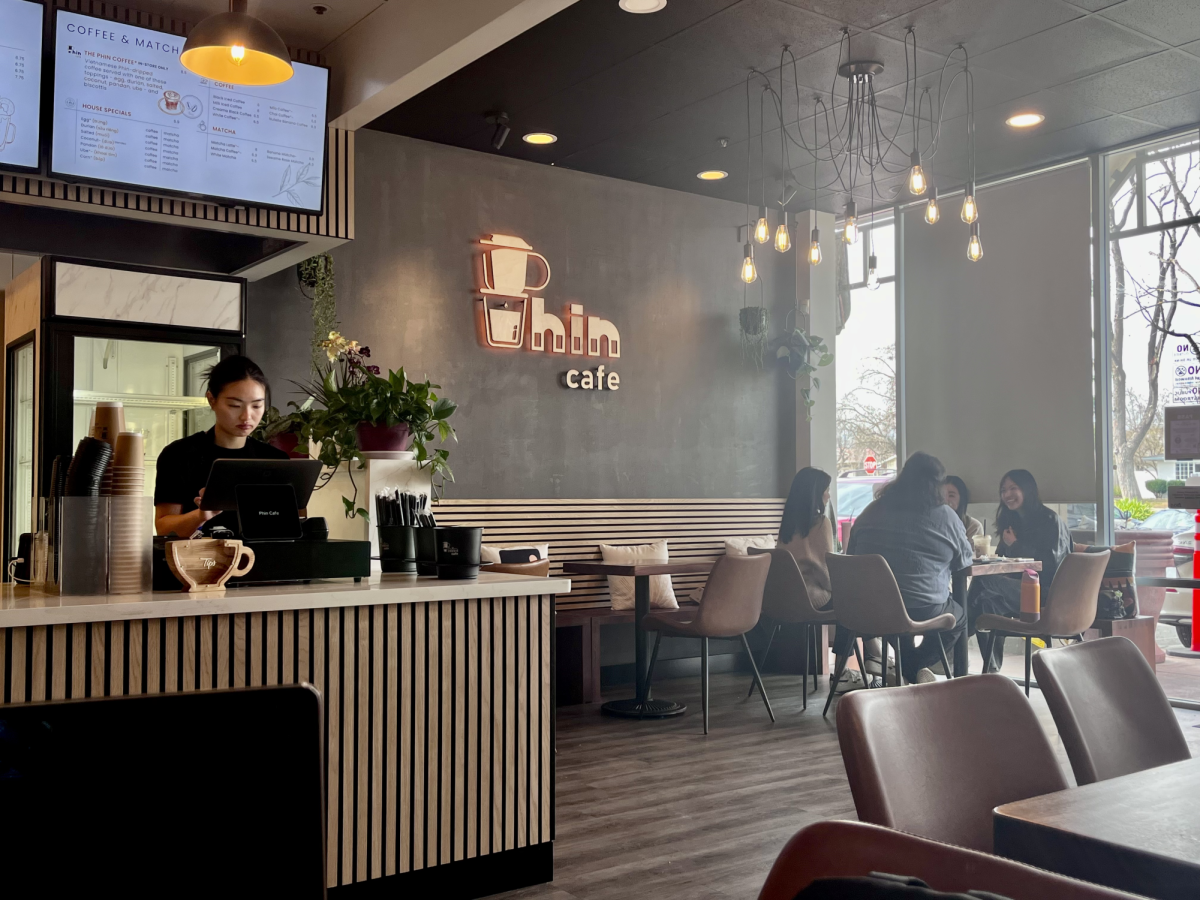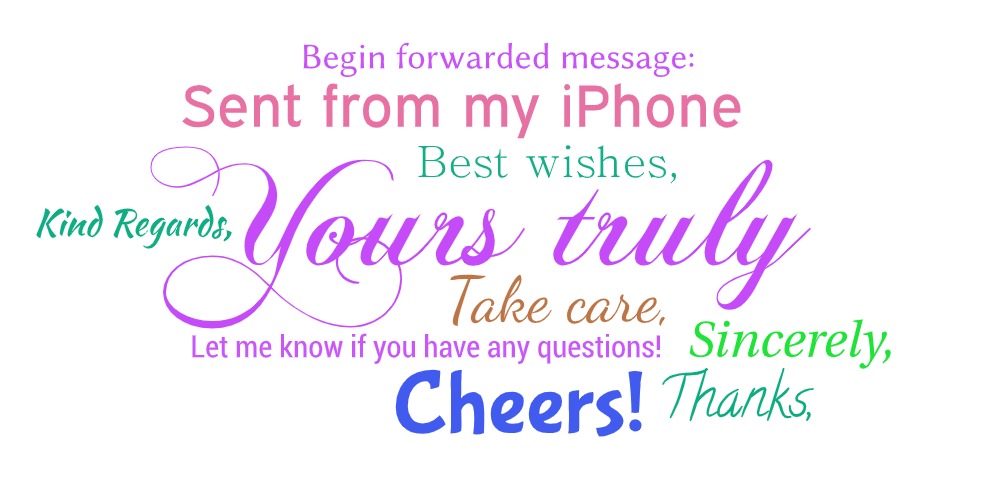Dozens of students gathered at Milpitas High on Sept. 30 for the Stephan Stewart speech and debate tournament, one of the first in-person tournaments the school’s team has attended since the pandemic began in March 2020.
Practicing every Tuesday and Thursday from 6-8 P.M., and under the guidance of speech coach Kiana Young and debate coach Steve Clemmons, the team was ready to perform in-person for the first time.
During the 2020-21 and 2021-22 school years, almost all tournaments were hosted online, leading to a whole new and challenging format to master (not to mention technical problems). However, as pandemic restrictions recede, many tournaments are moving back to an in-person setting. In addition to Stephan Stewart, tournaments such as the National Speech and Debate Season Opener, Yale Invitational, Nano Nagle Classic and Coast Forensic League, among others, have all been hosted in person or include an in-person option.
According to sophomore debater Ashish Goswami, in-person speech and debate tournaments are very different in many aspects, particularly in student engagement, enjoyment and time commitment.
“The biggest difference is how fun it is,” he said. “Online debate is great because you don’t have to drive anywhere. Still, you miss out on the experience of going to a debate tournament and meeting people who have the same passion for speech and debate.”
In addition, team members are now closer to each other and can more easily help each other improve.
“I feel like the environment is very social now, especially at tournaments, and our team has really bonded over them,” sophomore speaker Timothy Leung said. “We warm up together at tournaments, check in after rounds, and cheer each other on at awards. During the CFL tournament, we got boba afterward, and just being able to talk to people and look people in the eye has been really fun.”
In addition, feedback and chances for improvement have also increased in the in-person setting. Because coaches and judges are able to physically observe, comment and give feedback on a student’s performance, there has been more improvement within the club.
“Online speech practice is a lot more individualized where you’re only working with the coach for a one-on-one 15-minute session,” Leung said. “But this year with in-person we’re really trying to emphasize team bonding. We’re working with each other and giving feedback.”
Despite the apparent shift to in-person tournaments, the transition has been somewhat challenging. Though more fun and engaging, in-person debate is a new experience for many students who joined the program during the pandemic.
When online, students were less concerned about nonverbal cues, eye contact, projection and other aspects which are not very compatible with online speech and debate.
However, during in-person competitions, judges will notice these items, and competitors have to prepare and adjust to this new style of speech and debate.
“Going back in-person, I have to adjust to things such as eye contact,” Leung said. “It’s a lot more nerve-wracking at tournaments because you’re not performing in front of a computer but rather an actual audience.”
Elements of the online debate format have also affected tournament dynamics — in particular, masks are still mandatory during rounds, sometimes making it difficult for participants to project their voice.
Although many students hope that in-person speech and debate will make speech and debate a more enjoyable experience, the uneven transition and lingering aspects of COVID still continue to impact students.
“I think in person is really fun and educational, and I believe that everyone should have the experience,” Goswami said. “However, I think online is still here to stay.”

